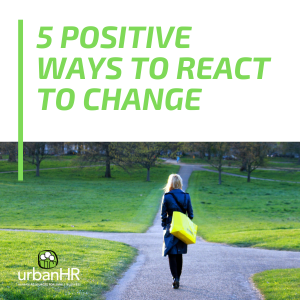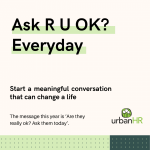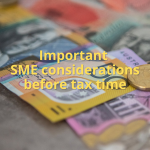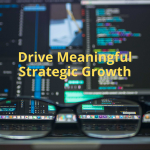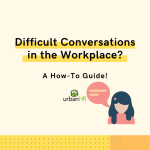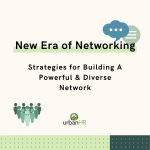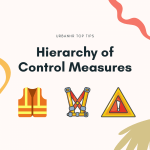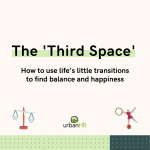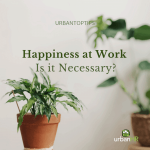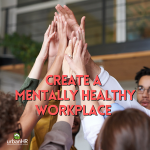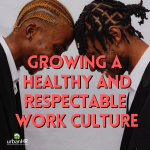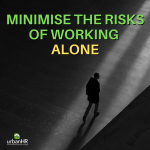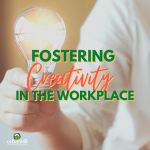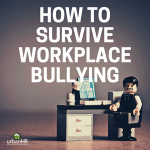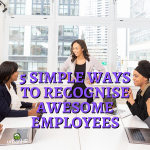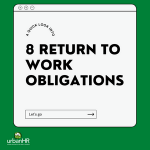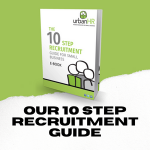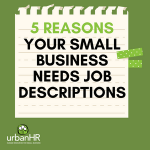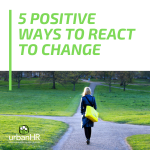
5 Positive Ways To React To Change
It does take emotional intelligence, though.
In the previous post I explored the old Buddhist tale saying it’s the 2nd arrow that kills the soldier.
The first one will wound, but it’s how the soldier reacts to the 2nd arrow that matters and it plays a strong focus in our emotional intelligence training workshops.
This, of course, is critical to our ability to react and respond to change, especially workplace change, and it’s no different in Adelaide.
In our world of increasing competition, we have to remain relevant to survive. Companies often organise change management training to help develop their staff to accept and embrace change.
The SCARF Model by David Rock
David Rock’s SCARF model labels 5 dimensions that your brain sees as triggers for our fight or flight response.
Quite simply, when we are threatened, the cognitive processing and reasoning part of our brain simply switches off.
Our reactions determine the outcome but we must first understand what has triggered our ‘threat’ response.

Following the Buddhist’s tale, to stop yourself from firing the 2nd arrow, and reacting instantly to the ‘threat’ start with understanding what might have been threatened according to the 5 dimensions.
David Rock’s SCARF Model labels the dimensions as follows:
Status is about relative importance to others.
Certainty concerns being able to predict the future.
Autonomy provides a sense of control over events.
Relatedness is a sense of safety with others.
Fairness is a perception of fair exchanges between people.
This is a really simple rundown of the model if you want more info, here’s a great podcast.
The model enables us to more easily remember, recognise and potentially modify our core behaviours that are impacted as a result.
Here are 5 ways to stop yourself from firing the 2nd arrow:
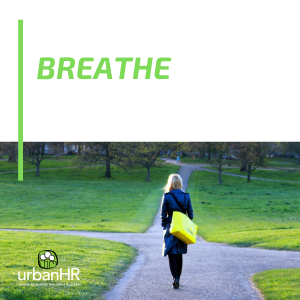
Breathe
If you have any doubt that breathing can change your emotional state watch Breathing Happiness, the TED Talk by Emma Seppala.
Become Self Aware
By increasing your self-awareness you’ll be better able to manage your own emotions.
You’ll be able to see the bigger picture, know that you fill in the missing information with the most negative possibility. Know why you would react to the 2ndarrow, why has it put you in the fight or flight mode?

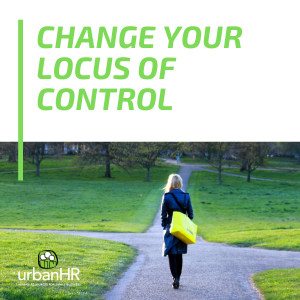
Change your Locus of Control
Having an internal locus of control means you’re in control of your feelings, thoughts and actions.
This will help you cope with change. Focusing your locus of control externally means others affect your thoughts, they get ‘in your head’.
Resilient people have an internal locus of control.
Think Long Term
By seeing the bigger picture and thinking about the longer-term goal we are more readily able to put things in perspective.
Have you ever overacted, only to find out more information and feel silly for your initial overreaction? It’s often because you
1) had an external locus of control and
2) were just thinking of the immediate future.
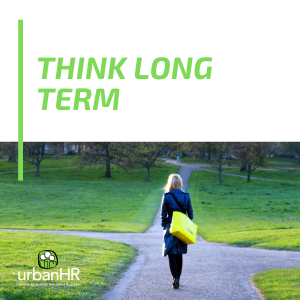

Delay Gratification
By delaying gratification you’re thinking longer term, you understand that things are one part of a puzzle but the puzzle won’t be complete until all the parts are in place.
Research has shown that children who when presented with a small bowl of lollies and are told not to eat them and don’t eat them score higher on GRIT and resilience scales and are less likely to give up when presented with a challenge.
Delaying gratification shows understanding of the whole, and builds resilience because you’re not instantly rewarding for result, you’re rewarding for effort.
Many of these revolved around reframing the situation, which allows you to reframe the situation, refocus and move on.
We run emotional intelligence training for employees, staff and leaders.
As always, should you need some help, please get in touch.

